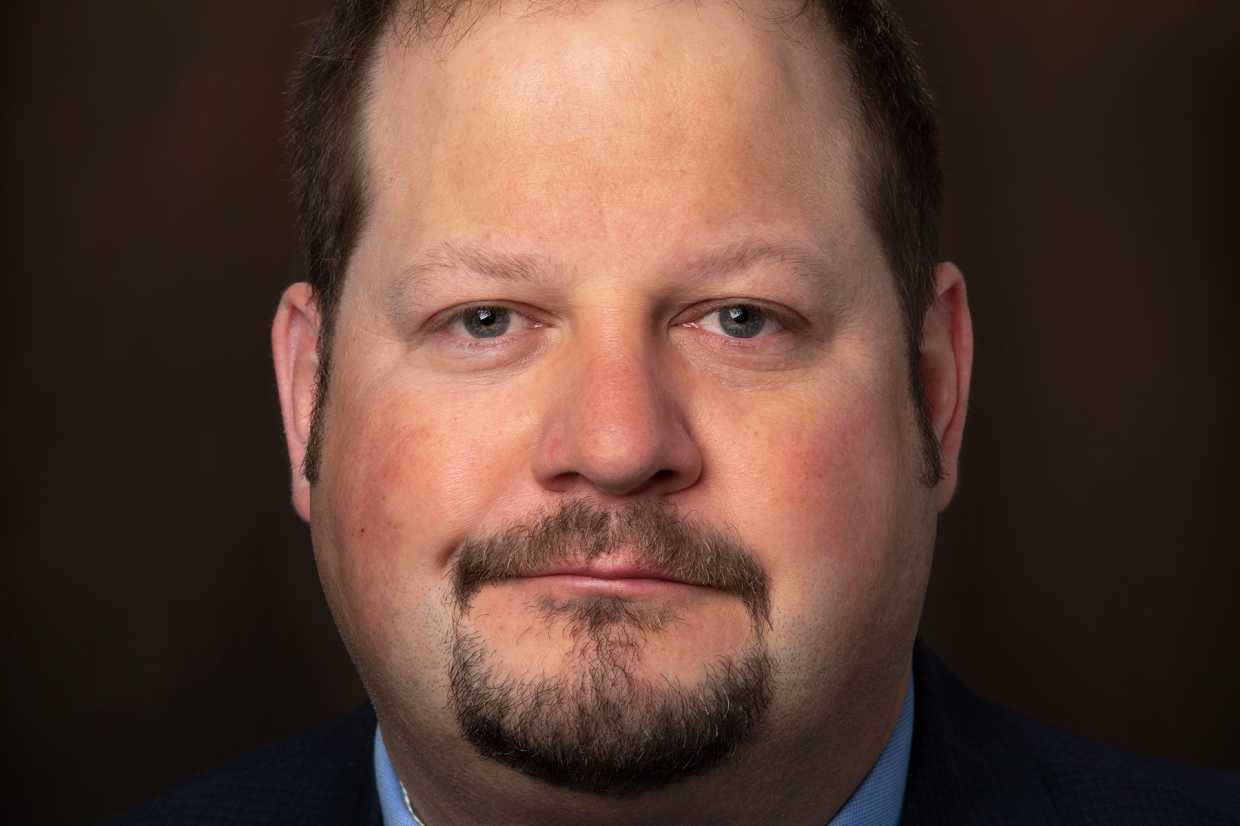The focus of Emplify Health’s digital transformation effort was to promote its most important resource — people. Here’s how AI and intelligent automation were integral to help clinicians and staff provide optimal care for patients.

For Emplify Health CDIO Praveen Chopra, deploying an AI solution wasn’t driven by the hype. Using Azure services to implement Open AI LLMs, the goal was to help clinicians and staff work smarter and reduce the cognitive burden, allowing them to focus on their actual jobs.
But the company had to start at the beginning. Acknowledging the buzz around AI, a key foundational layer of the project was building AI literacy, explains Chopra. “We knew we couldn’t just give people a tool and not explain what it can and can’t be used for,” he says.
As part of this, Emplify Health also established clear guidelines to ensure that AI tools were used safely and responsibly. For example, the tech team knew the models weren’t intended to provide diagnoses or patient care, says Krister Mattson, Emplify Health VP and project lead, but to ease administrative burdens, and not replace anyone or use AI to make clinical care decisions.

Praveen Chopra, CDIO, Emplify Health
Emplify Health
Chopra reiterates the importance of giving people the necessary grounding to eventually go out and experiment on their own. “I call it nurturing the technology,” he says. “We don’t want our users to go rogue. We want this tool to help them create value. It’s all about making sure we ‘raise’ our users properly so they use it in a responsible way.”
Here, he adds that it took more time to design the solution, to come up with a responsible usage framework, establish the guardrails, and develop responsible use policies than it did to roll out the actual product. “The technology was there, but laying the foundations was the hardest and probably most important part,” he says.
Putting plans into action
With the right foundations in place, they created ‘playgrounds’ where a small group of people could start experimenting with the technology. An iterative process, the team rolled out a minimum viable product, then analyzed the data and added or removed features and adjusted as needed. Over time, they started seeing exponential growth in the use of the model. And some of the use cases that emerged were unexpected.
“We almost immediately saw usage across areas we didn’t expect,” Mattson says. “For example, one of the researchers who works in our biobank was putting through thousands of prompts. We store pathology samples and reports there for research purposes. This researcher was using AI to quantify and make better sense of these reports where in the past, this would’ve been done manually and taken hours.”

Krister Mattson, VP and project lead, Emplify Health
Emplify Health
Another use case revolves around behavioral health. When a patient leaves a hospital or any other healthcare facility, there are several things they must do to ensure they heal properly. “Things like managing their symptoms and knowing what triggers to look out for are all important,” Chopra says. “With AI, we can create care plans in the form of a short, individualized instruction booklet that details everything they need to know.”
Today, Emplify Health’s AI model has almost 1,700 users, and Chopra and Mattson plan to invest heavily in marketing it more broadly across the organization. “Now that people have used it and they understand the power of it, they’re coming to us wanting it to do things faster, or for us to add more capabilities to the ecosystem,” Chopra says. The pair are constantly being asked to create new playgrounds so they can experiment without interrupting their day-to-day operations.
While it’s hard to quantify the time savings that have come out of the project, there’s been a marked increase in efficiency. “We haven’t hired more people, but our overall productivity has increased by 30 to 40%,” Chopra says. And now they’re looking to expand on these efficiency gains.
New automation opportunities
There’s still work being done that people shouldn’t be doing, says Mattson. “We now know we can eliminate these tasks with automation,” he says, noting that they’re also looking at how the tool can be used for sentiment analysis, particularly when it comes to patient surveys. “We get thousands of patient comments, and now we can analyze this data and use these insights to improve the patient experience.”
The CIO 100 Awards recognize IT leaders who drive innovation, transformation, and business success through technology, and Emplify Health’s use of AI and intelligent automation to help clinicians and staff work more efficiently and provide better care earned the group an award this year.
A big element of the project’s success, says Chopra, was not jumping into the AI mania for the sake of it. “You have to take time to define the problem you’re trying to solve,” he says, adding that focusing on governance, AI literacy, and responsible use frameworks are essential when starting out. But, adds Mattson, even if you do all this, you still might fail. “And that’s okay,” he says. “You need to be okay with failing and trying things out, and then pivoting as and when you need to.”








